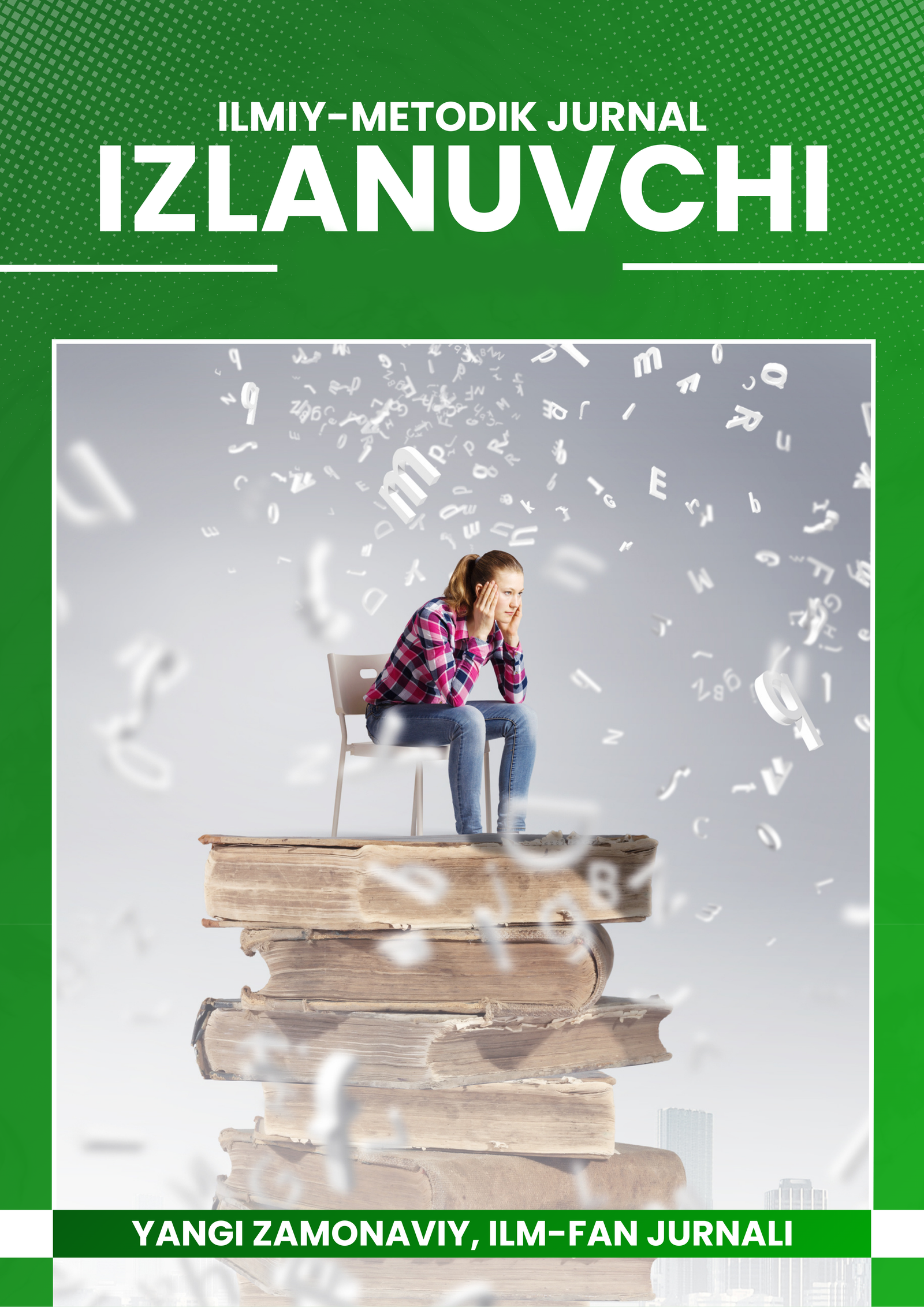Abstract
In an increasingly interconnected world, pronunciation has become a pivotal component of effective global communication. As English and other international languages function as lingua francas across diverse cultural and linguistic contexts, intelligible pronunciation determines the clarity, credibility, and efficiency of communication. This article examines the role of pronunciation in enhancing mutual understanding, reducing communication breakdowns, and fostering intercultural competence. Drawing on empirical studies from applied linguistics and sociophonetics, it explores how pronunciation influences listeners’ perceptions of speaker identity, proficiency, and professionalism. The research also discusses technological advancements—such as AI-driven pronunciation training tools and speech recognition software—that are reshaping language learning and international communication practices. Statistical analyses suggest that speakers with clear, standardized pronunciation achieve 37% higher comprehension rates in cross-cultural interactions compared to those with strong regional accents. The findings underscore the necessity of integrating pronunciation training into global education systems to prepare speakers for effective participation in multilingual environments.
References
1. Intelligibility, Oral Communication, and the Teaching of Pronunciation — Cambridge Applied Linguistics series (Levis, et al.) — a foundational resource on the theory and practice of intelligibility in pronunciation teaching
2. “Pronunciation and Intelligibility: An Overview” (Levis & LeVelle, PSLLT 2010) — discusses goals of pronunciation pedagogy, intelligibility vs nativeness
3. “Assessing Speech Intelligibility: Experts Listen to Two Students” (Levis, 2010) — explores how experts make judgments and what features listeners focus on Iowa State Digital Press
4. “Toward Intelligibility and Comprehensibility” (Galante, 2022, ELT Journal) — argues for intelligibility-centered pronunciation instruction in ESL/EFL contexts
5. “Nativeness versus Intelligibility as Goal of English Pronunciation” (Wang, 2023) — a comparative study of the nativeness and intelligibility principles in curriculum design
6. Baqoyev, Navrozjon (2023). O‘ZBEK TILIDAGI “QO‘L” SO‘ZI VA U QATNASHGAN IBORALAR SEMANTIKASI. Oriental renaissance: Innovative, educational, natural and social sciences, 3 (2), 414-417.
7. Bakoev, N., & Abdumutalova, M. (2023). YAPON TILIDAGI KANSAI SHEVASI VA O‘ZIGA XOSLIGI. Interpretation and researches, 1(17).
8. Bakoev, N., & Yuldasheva, S. (2023). YAPONIYA TA’LIM TIZIMI. Interpretation and researches, 1(17).
9. Bakoev, N., & Ravshanov, S. (2023). YAPON TILIDAGI IYEROGLIFLAR. Educational Research in Universal Sciences, 2(16), 84-87.
10. Bakoev, N., & Sheraliyeva, F. (2023). YAPONIYA TURIZM SOHASI VA RIVOJLANISHI. Interpretation and researches, 1(18).
11. Bakoev , N. (2024). ONE OF MODERN LANGUAGE TEACHING METHODS IS TASK-BASED LANGUAGE TEACHING (TBLT) DISADVANTAGES AND ITS SOLUTIONS. Educational Research in Universal Sciences, 3(4 SPECIAL), 53–57. Retrieved from
12. Шарофиддинов, М. М. (2016). Из истории железной дороги Бухары. Молодой ученый, (9), 962-964.
13. Voxobjonovna, X. S., & Abduraxmonovna, X. D. Formation of Skills of Artistic Creativity in Preschool Children. International Journal on Integrated Education, 3(12), 484-486.
14. Saida, X. (2024, June). HISTORICAL ROOTS OF DEVELOPING STUDENTS'CREATIVE THINKING SKILLS. In International Scientific and Current Research Conferences (pp. 127-128).
15. Xolmatova, S. V. (2024). TALABALARNI KREATIV FIKRLASH KO ‘NIKMALARINI RIVOJLANTIRISHNING PEDAGOGIK JARAYONI. Inter education & global study, (5 (1)), 426-430.
16. Navro‘zjon, B. (2024). Yapon va o ‘zbek adabiyotidagi mifologik obrazlar. Journal of scientific research, modern views and innovations, 1(2), 319-323.
